Picture of the Harlem Renaissance Easy to Draw
Articles and Features
Art Movement: Harlem Renaissance
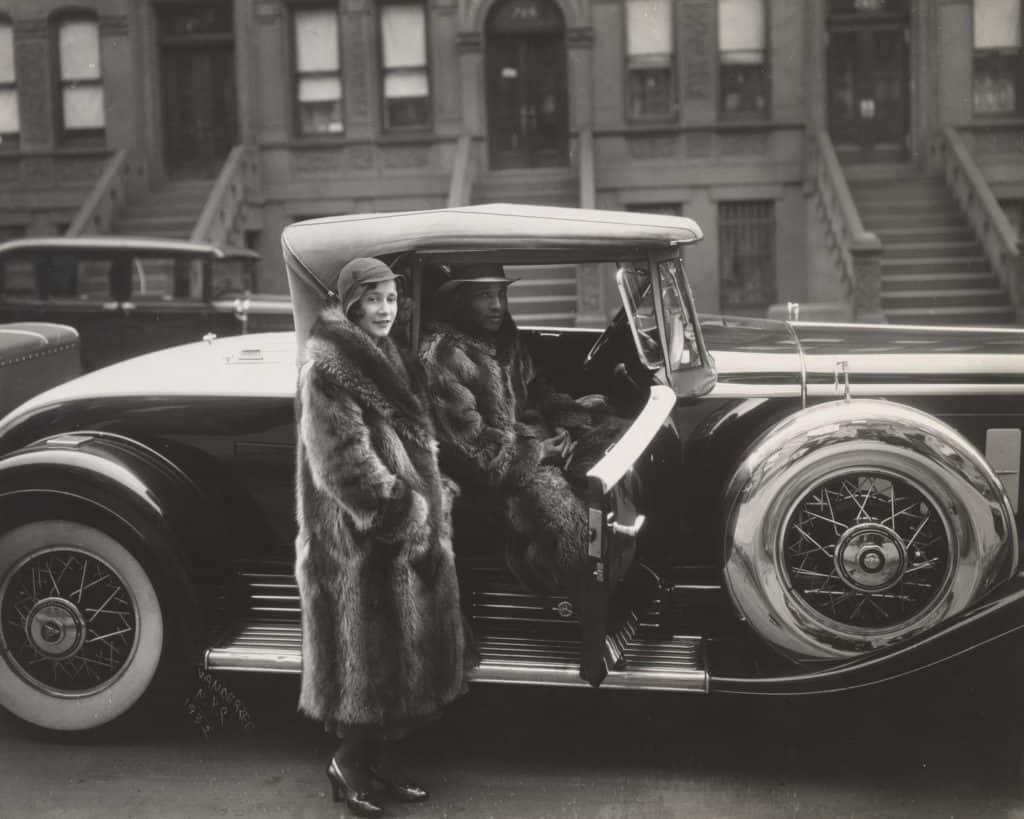
By Shira Wolfe
"I believe that the [African American's] advantages and opportunities are greater in Harlem than in any other place in the country, and that Harlem will become the intellectual, the cultural and the financial center for Negroes of the United States and will exert a vital influence upon all Negro peoples." —James Weldon Johnson, "Harlem: The Culture Capital," 1925
What was the Harlem Renaissance?
The Harlem Renaissance was an influential movement of African-American art, literature, music, and theatre. The movement emerged after the First World War, and was active through the Great Depression of the 1930s until the start of the Second World War. Most of the artists associated with the movement lived and worked in the predominantly African-American neighbourhood Harlem in New York, which became a great cultural hub flourishing with creativity. The artists associated with the Harlem Renaissance aimed to take control over representations of their own people, instead of accepting the stereotypical depictions by white people. They asserted pride in black life and identity, and rebelled against inequality and discrimination.
Key period: 1919-1930s
Key region: Harlem, New York
Key words: identity, pride, agency, transformation, African American culture, African art, modernism, black avant-garde
Key artists: Augusta Savage, Aaron Douglas, Hale Woodruff, James Lesesne Wells, Archibald John Motley, Beauford Delaney, Meta Vaux Warrick Fuller, James van der Zee, Palmer Hayden, Jacob Lawrence, Allen Lohan Crite
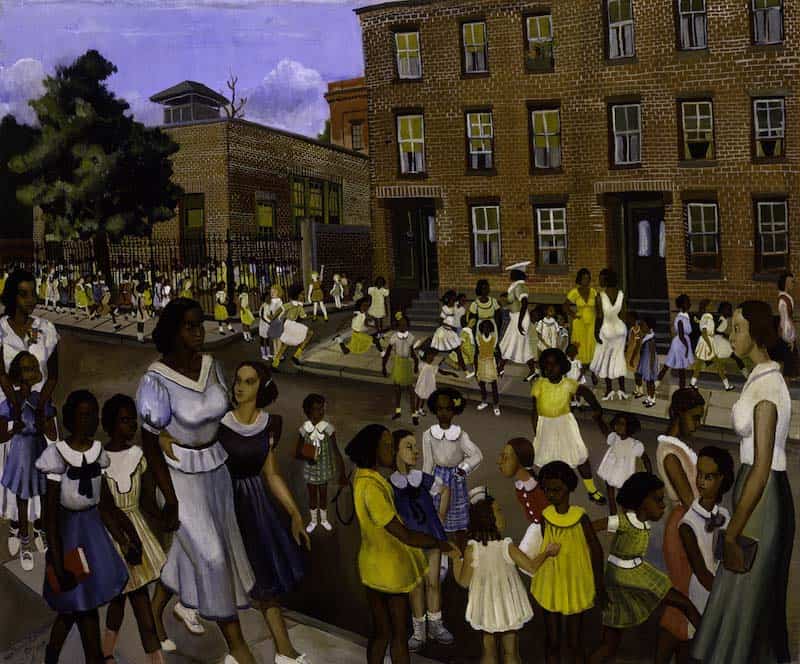
"Besides, they'll see how beautiful I am and be ashamed – I, too am America." – Langston Hughes, excerpt from "I, too"
Historical and Social Context of the Harlem Renaissance
The Harlem Renaissance started after a summer of bloody race-related riots in 1919, known as the Red Summer. It was half a century after the abolition of slavery, and lynchings were still common in the South, attempts to pass an anti-lynching bill in Congress were repeatedly refused, and white supremacy was widely accepted and reinforced by the prevailing cultural forces of contemporary books and movies.
This was also the period that around 200.000 African-American soldiers returned from the war in Europe. They had been treated with far more respect and equality whist away in France than they were used to back home. When they returned, their demand for equality had a renewed authority and urgency. In the meantime, during the war years in Europe, half a million African-Americans had left the American South for industrialised Northern cities like New York, Chicago, Detroit, Columbus and Cleveland in search of employment and communities less rife with bigotry. In New York, the Harlem neighbourhood had been planned for middle-class white families but had been overdeveloped, so many black families started moving there.
I, Too, Sing America: The Harlem Renaissance at 100
The Different Disciplines of the Harlem Renaissance
A burgeoning black creativity began to arise in Harlem. Writers, artists, musicians and theatre practitioners inspired each other and often worked across disciplines, aiming for art that defied stereotypes and that fought against injustice and discrimination.
Providing most of the intellectual grounding for the Harlem Renaissance was the philosopher, sociologist, writer, and patron of the arts Alain LeRoy Locke and his essay "Harlem, Mecca of the New Negro." The essay introduced Harlem and its cultural boom to a wider public. He expanded on these ideas in his anthology of essays The New Negro: An Interpretation (1925) which included his influential essay "The New Negro". The initial name of the movement, "The New Negro," derives from this anthology and essay. The essay called for a "new dynamic phase… of renewed self-respect and self-dependence" in the community.
Leading writers of the Harlem Renaissance include Langston Huges, Zora Neale Thurston, Arna Bontemps, Jean Toorner and Claude McKay. Langston Hughes wrote the brilliant poem "I, too" (1926), which demonstrates a yearning and demand for equality:
I, too, sing America / I am the darker brother. / They send me to eat in the kitchen / When company comes, / But I laugh, /And eat well, /And grow strong. / Tomorrow, / I'll be at the table / When company comes. / Nobody'll dare / Say to me, / "Eat in the kitchen," / Then. / Besides / They'll see how beautiful I am / And be ashamed – / I, too am America.
In terms of music, the popularity of jazz spread more and more, with musicians like Billie Holiday, Louis Armstrong and Duke Ellington associated with the Harlem Renaissance. In theatre and performance, great actors like Paul Robeson and Josephine Baker were making their mark.
In the visual arts, artists portrayed African American life, taking agency over the portrayal of their own people. Moreover, it was an avant-garde movement where artists were experimenting and allowing themselves a vast variety of influences, including, for example, the European modernists.
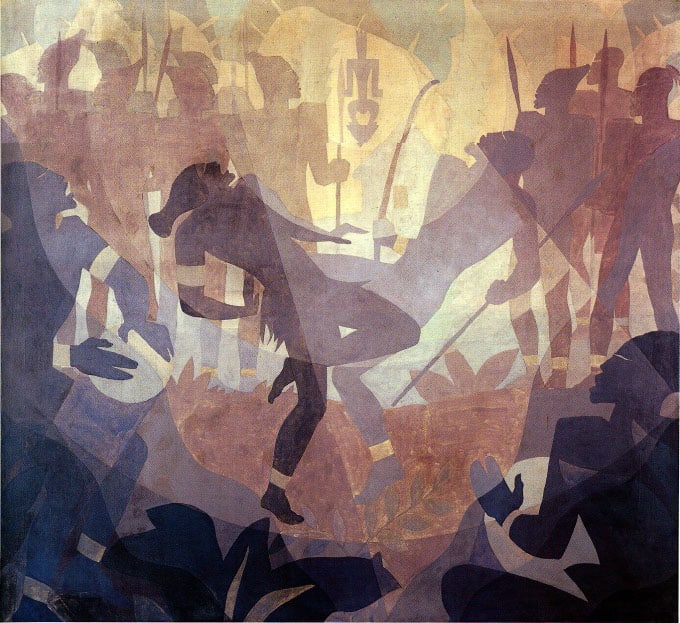
The Visual Arts of the Harlem Renaissance
Sculptors, painters and printmakers were key contributors to the Harlem Renaissance. Aaron Douglas, who is sometimes referred to as "the father of African American art", was an important figure in the movement, who defined a modern visual language representing black Americans in a new light. In his cycle of four murals, "Aspects of Negro Life", commissioned by the Public Works of Art Project to decorate the section of the New York Public Library intended for research into black culture, Douglas combined imagery from African-American history with scenes from contemporary life, fusing the influences of African sculpture, jazz music and geometric abstraction. Douglas was influenced by modernist movements such as Cubism, and he and other artists also found a great source of inspiration in West Africa, in particular the stylised sculptures and masks from Benin, Congo and Senegal. They viewed this art as a link to their African heritage.
Many artists also turned to the art of antiquity, especially Egyptian sculpture. One of these artists is Meta Warrick Fuller, a female sculptor who became a protégé of Auguste Rodin in Paris, before returning to work in the United States. Her sculpture Ethiopia (1921), was inspired by the period of the Pharaohs in ancient Egypt, and is widely considered the first Pan-African American work of art. Her sculpture was an allegory for the musical and industrial contributions of African Americans to the development of the United States.
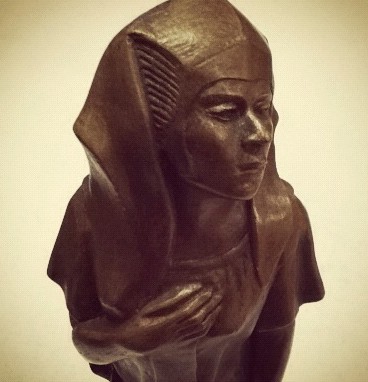
Printmakers James Lesesne Wells and Hale Woodruff explored a streamlined approach, drawing from African and European artistic influences. They worked with block printing, lithography and etching, creating a distinctive visual language and making a mark with their inventive, modern printmaking.
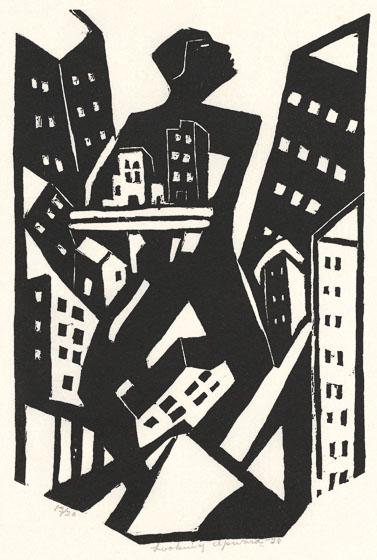
Photography was also an important element in the Harlem Renaissance. The most iconic photographs capturing this art movement, this very specific time and place, were taken by photographer James Van Der Zee. He recognised the incredible richness of the intellectual and artistic life in Harlem during those years, and realised he had to capture it on film. Van Der Zee produced thousands of photographs of and for Harlem's flourishing middle class. He took both formal, posed photographs in his studio, and photo essays of street scenes, cabarets, restaurants, barbershops and church services. His images immortalise the story of this thriving artistic community.
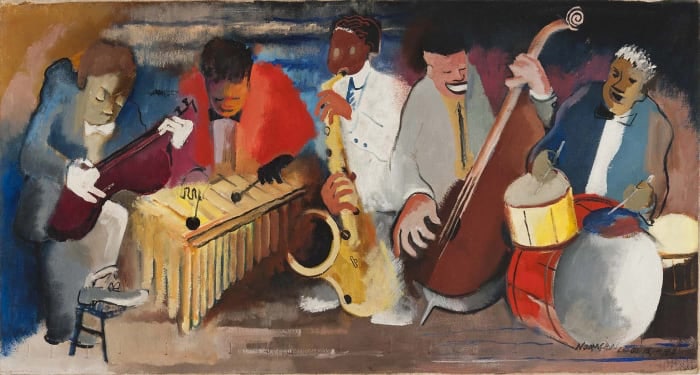
The Legacy of the Harlem Renaissance
The Harlem Renaissance left a huge legacy. For one, the stars of the next African American artistic generation, like Romare Bearden, Norman Lewis and Jacob Lawrence, were taught by Augusta Savage, a key figure of the Harlem Renaissance. Furthermore, the movement inspired generations of black artists to come. In the words of Wil Haygood:
"Were it not for this movement, other art movements may not even have sprung up. The Harlem Renaissance gave women, gave impoverished people all over this country a hint of just what you can do if you want to put your art on the line, because all they really wanted was to show America that, if you give us a fair chance, we will produce greatness. From that movement they have stitched, the black American, forevermore, into the artistic fabric of this country."
Relevantsources to learn more
Discover more about this period of flourishing creativity centred around Harlem here:
National Gallery of Art
The Washington Post
Phaidon
What was the Harlem Renaissance?
The Harlem Renaissance was an influential movement of African American art, literature, music, and theatre that flourished in the 1920s and 1930s in Harlem, New York.
Who were the key artists of the Harlem Renaissance?
The key artists of the Harlem Renaissance were Augusta Savage, Aaron Douglas, Hale Woodruff, James Lesesne Wells, Archibald John Motley, Beauford Delaney, Meta Vaux Warrick Fuller, James van der Zee, Palmer Hayden, Jacob Lawrence and Allen Lohan Crite.
What was the style of the Harlem Renaissance?
Artists worked in many different styles, but a general tendency was to explore a fusion of realism, modernism, African art, and even elements of antiquity.
dentonjuticappithe1938.blogspot.com
Source: https://magazine.artland.com/art-movement-harlem-renaissance/
0 Response to "Picture of the Harlem Renaissance Easy to Draw"
Postar um comentário